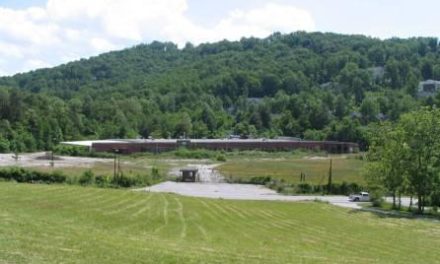In previous wetland posts, we introduced two of the three acceptable remedies for developers who damage protected wetlands, briefly touching on permittee-responsible compensatory mitigation and use of a third-party mitigation bank. The third alternative, known as in-lieu fee banking, allows a developer to make a monetary contribution to a State designated fund, the purpose of which is to fund a project that either creates, restores, enhances, or (less frequently) preserves a functioning wetland. Any one or any combination of these three remedies may be employed to satisfy Section 404 of the Clean Water Act (CWA).
Similar to mitigation banking, in-lieu fee banking is completed by a third party and is located off the developer’s site. Ideally, the mitigation project site is within the same service area as the developer’s affected lands. In-lieu fee banking is a type of banking that is usually sponsored by a state or local agency, not the federal government. Although in-lieu fee banking is the least preferred method of adhering to Section 404 of the CWA, it may be the only alternative if there are no existing mitigation banks in the area. This is typical in coastal areas where the cost to develop and maintain a bank and the risk of bank failure is too high, resulting in a dearth of mitigation banks. The state will use the funds for restoration projects that may or may not have been initiated as of the date of the contribution.
Some critics have advocated the phase-out of in-lieu fee programs, pointing out shortfalls associated with how these programs are currently administered. For example, some critics have noted that prices for in-lieu fee credits are often too low and fail to cover all of the costs necessary to deliver the promised mitigation, including expenses for program administration, long-term maintenance of projects, and corrective action. Others point to a temporal lag between impact to the developer’s wetland area and the initiation of a compensatory restoration project.
To address some of these criticisms, the U.S. Army Corps of Engineers developed the Regulatory In lieu Fee and Bank Information Tracking System (RIBITS) with support from the U.S. Environmental Protection Agency and the U.S. Fish and Wildlife Service to provide better information on mitigation and conservation banking and in-lieu fee programs across the country. RIBITS allows users to access information about mitigation and conservation bank and in-lieu fee programs, including the types and numbers of sites, associated documents, mitigation credit availability, service areas, and information on national and local policies and procedures that affect development and operation of these programs.

RIBITS Banner Courtesy of Army Corps of Engineers
That wraps up this series on wetlands. If you hold the common misconception of wetlands being mosquito-infested swamplands of little importance, hopefully our wetland blog postings have shed light on the importance of wetlands and how serious the United States government views the destruction or loss of these lands.
– Linda Tayntor






Recent Comments